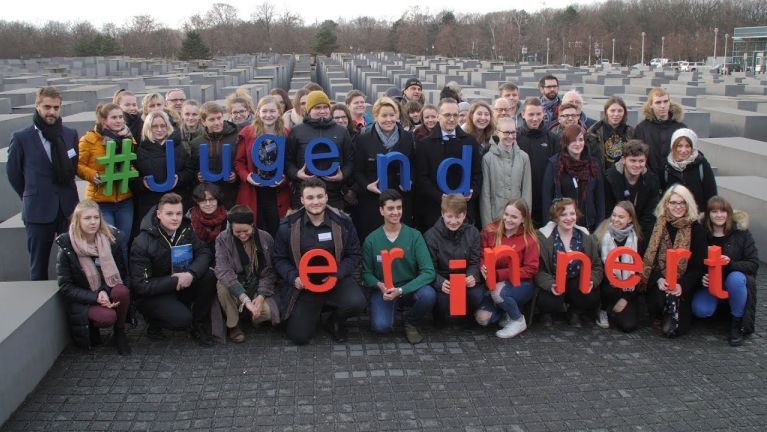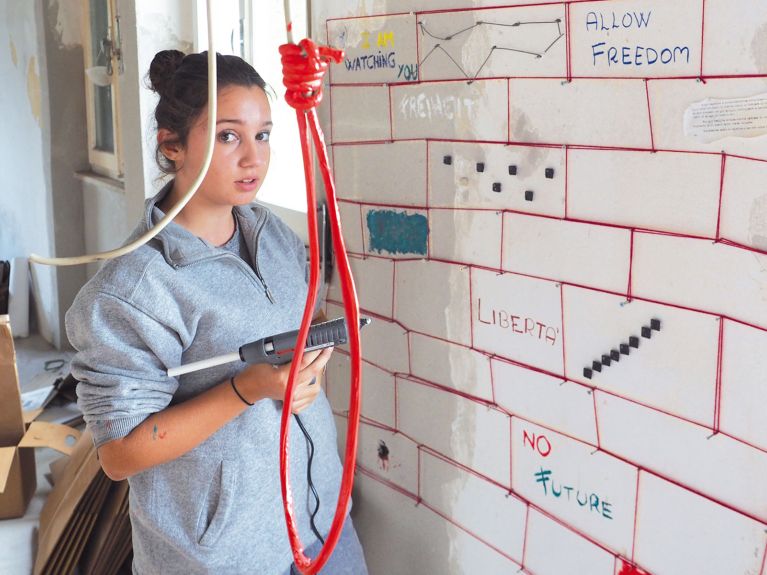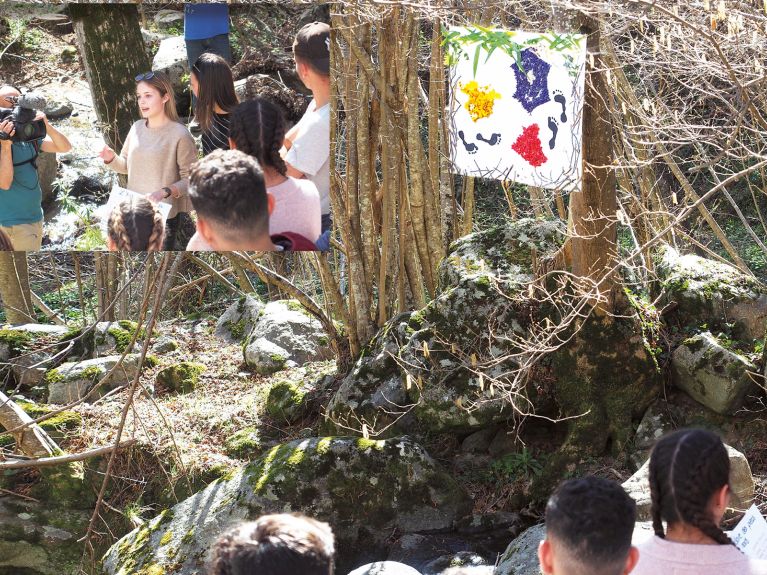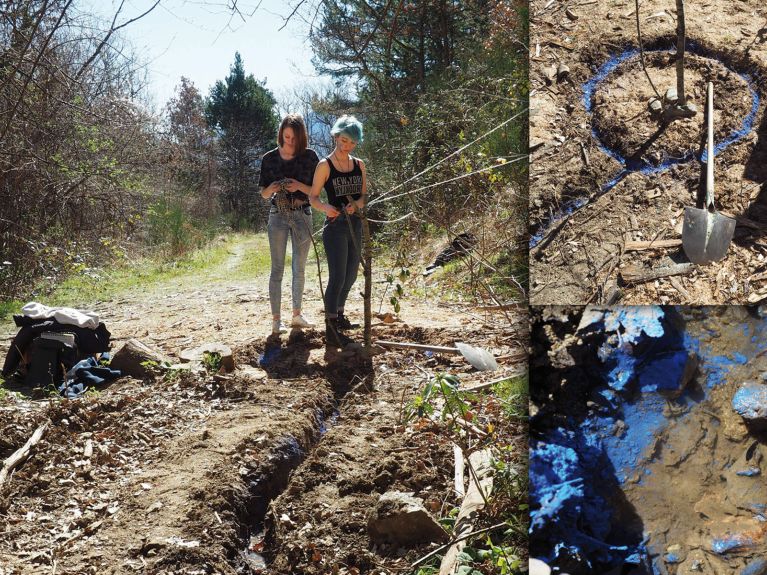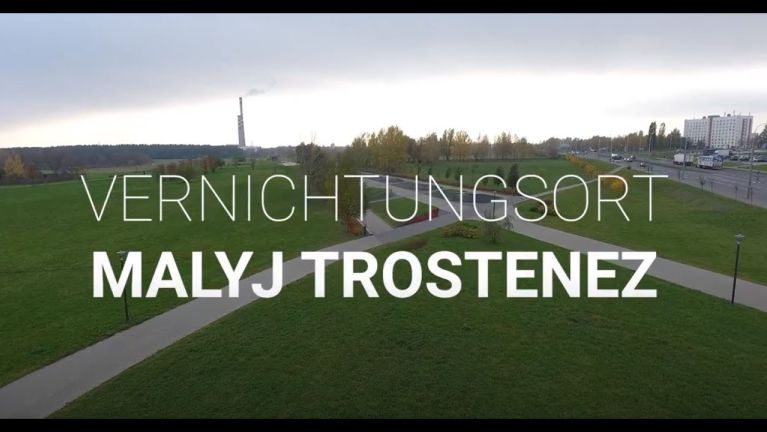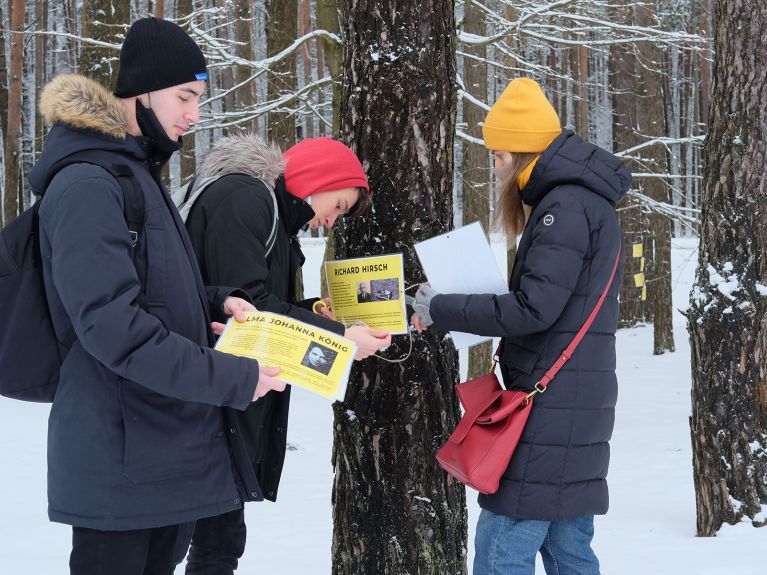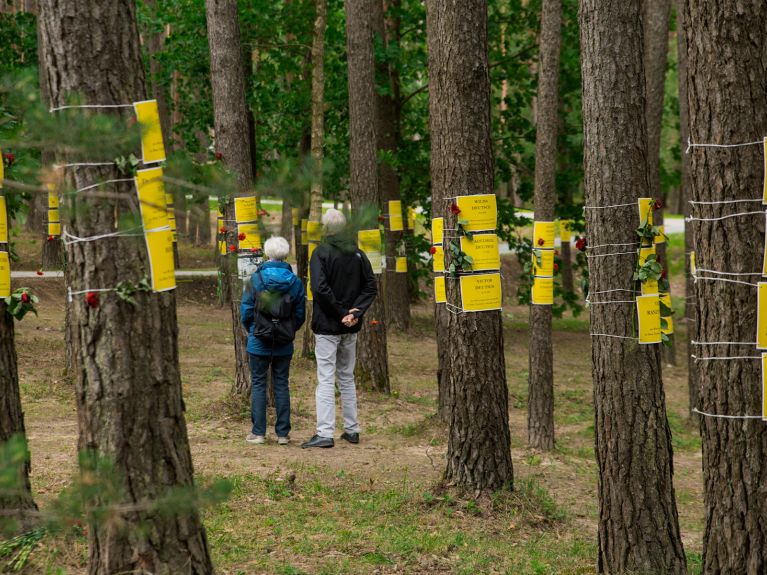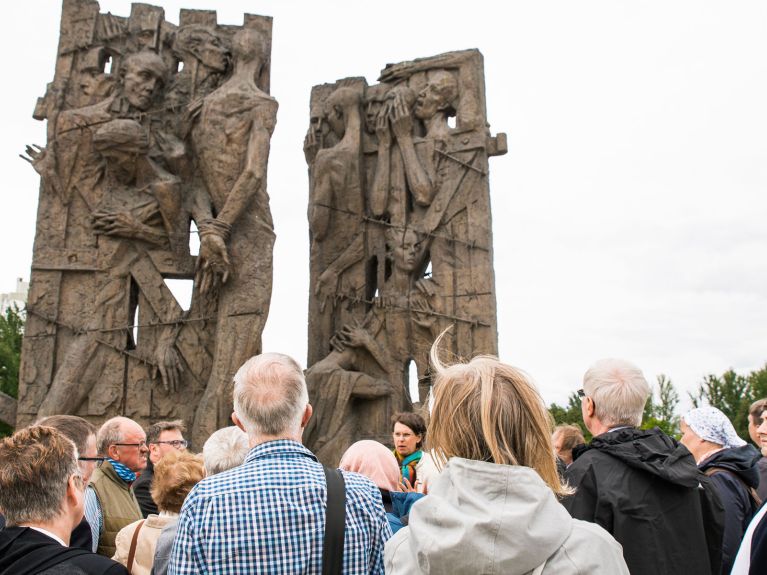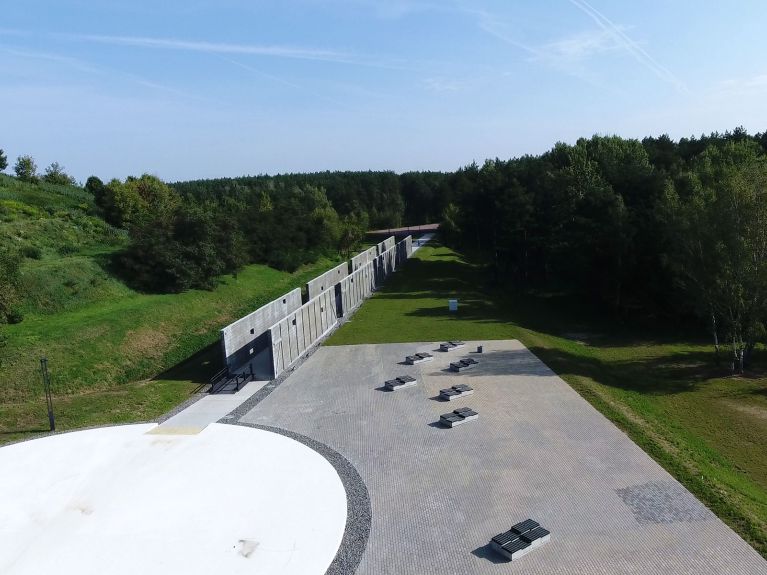What remembrance needs
How can the Holocaust remain tangible for today’s young people? A Europe-wide remembrance programme has some interesting ideas.

Eighty years ago, trains travelled over 4,000 kilometres north from Serbia to occupied Norway. They carried political prisoners, partisans, resistance fighters and Communists. In 1942 and 1943, over 4,200 prisoners from the former Yugoslavia were taken to National Socialist forced labour camps in Narvik, Norway, where more than half of them died.
The dimensions of National Socialist persecution
In late summer 2021, 24 young adults from Germany, Serbia and Norway are planning to travel the same route together, if the corona pandemic allows. “The geographical dimensions of National Socialist persecution in Europe will become tangible as a result,” explains Christian Tietz from Vajswerk, the Berlin-based research collective. He is coordinating Code Viking 1942–2021, a project that draws attention to the atrocities of the Second World War as part of a Europe-wide programme of remembrance. The Code Viking participants make short films based on prisoner biographies that will eventually form a combined movie. The project also involves participation from the Centre for Public History in Belgrade and the Narvik War and Peace Centre.
Making places of remembrance places of learning for young people is the goal of Young People Remember International, the Federal Government programme realised by the Foundation Remembrance, Responsibility and Future (EVZ). “Young people who are aware and capable of critical thinking are vital to our efforts to live together in a democratic society,” says Dr Andrea Despot, Chief Executive Officer of EVZ: “Knowing the facts on and addressing National Socialist injustices make us more resistant against antisemitism, antigypsyism and racism.”
Dieses YouTube-Video kann in einem neuen Tab abgespielt werden
YouTube öffnenThird party content
We use YouTube to embed content that may collect data about your activity. Please review the details and accept the service to see this content.
Open consent formInternational art projects help us remember
The programme is not only funding international youth encounters, but also international exchange between specialists. This is intended to facilitate the new design of innovative methods and formats for political-historical education. Another part of the programme supports the development of digital communication formats. Young People Remember International has been supporting 25 projects since the end of 2020.
“Following the death of almost all contemporary witnesses, new ways of accessing the past need to be found,” says Roman Kroke, the Berlin-based artist who is also involved in the programme. His multidisciplinary approach combines art, literature and education with historical places and events. “The main question is how we can create a link between history and the world of young people today.”
Experts are currently developing a model for keeping memories alive in a project called Living Memorials, in which Kroke and Belarusian historian Tamara Werschitzkaja are working with the Belgian organisation Mediel and the House of the Wannsee Conference in Berlin.
Initially, in two workshops at the House of the Wannsee Conference and in Naliboki Forest in Belarus, they will study historical sources so that they can then engage with the topic in artistic work. Kroke explains that images, texts, installations and performances are to be created on the basis of metaphors for the forest like “roots” and “bark” – “not only at the place of remembrance, but with the place of remembrance”. The protection offered by the Naliboki Forest enabled the Jewish Bielski partisan unit to survive the Second World War.
Maly Trostenets – an almost forgotten place
Maly Trostenets is also located in Belarus, not far from the capital city Minsk, and it was the largest Nazi death camp in the occupied part of the Soviet Union. At least 60,000 people were murdered at this sprawling site between spring 1942 and autumn 1943, including over 23,000 deported Jews from Germany, Austria and Czechoslovakia. Nevertheless, Maly Trostenets is barely known in Western Europe.
Dieses YouTube-Video kann in einem neuen Tab abgespielt werden
YouTube öffnenThird party content
We use YouTube to embed content that may collect data about your activity. Please review the details and accept the service to see this content.
Open consent formTelling the stories of these largely unknown extermination sites is also part of the remembrance programme. During the Soviet era, Maly Trostenets was used as a military training area, among other things. Small memorial stones were erected in the surrounding area, but they did not mention the Holocaust. In 2009, IM-MER, an Austrian citizens’ initiative, began a process that Dr Aliaksandr Dalhouski of the Leonid Lewin History Workshop in Minsk describes as the “democratisation of remembrance”. Since then, relatives of Jewish victims from Austria and Germany have attached signs to trees in Blagovshchina Forest, where tens of thousands were shot and buried in mass graves. They bear names and biographical details in memory of the dead.
“Personal stories take the place of numbers and allow us to experience the history of this place in a different way,” says Dalhouski. Very few of the names of the murdered people from Belarus and other parts of the Soviet Union are known. Nevertheless, inhabitants of the surrounding villages have now also hung up signs in memory of their relatives and neighbours.
A remembrance app for a place of learning
Work on a large official monument in Maly Trostenets began in 2014, but the planned information centre has not yet been built. With support from experts, some 60 students from Minsk, Osnabrück and Vienna will now develop an app that aims to bring together the different historical narratives that overlap at this location. The Leonid Lewin History Workshop is coordinating the project for a Virtual Tour for the Multiperspective Access of the Maly Trostenets Memorial Site with the Dortmund-based educational charity Internationales Bildungs- und Begegnungswerk (IBB).
“The goal is to give young people the chance to access the historical location themselves by digital means,” says Darija Fabijanic of the IBB. The first seminars are being held in April 2021. The students are scheduled to meet in Maly Trostenets in October 2021, when they will decide together which content will be included in the app.
Serious Role Play November 1939
Another supported digital project will offer users an especially emotional experience: Serious Role Play November 1939 is a collaboration between the Czech organisation Živá Pamět and Charles Games, a Prague-based games developer. Players assume the roles of students who participated in anti-German demonstrations in occupied Prague in 1939 and were arrested and deported to Sachsenhausen Concentration Camp. The interactive game is linked with a virtual museum.

“While the game offers an emotional experience, the museum provides factual information,” explains Pavel Voves, Živá Pamět Director. The students’ internment in Sachsenhausen is not part of the game, but is brought to life by photographs and texts in the app’s museum section. The app should be ready to be played by the beginning of the school year in autumn 2021.
